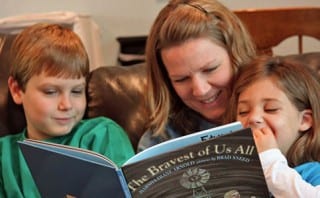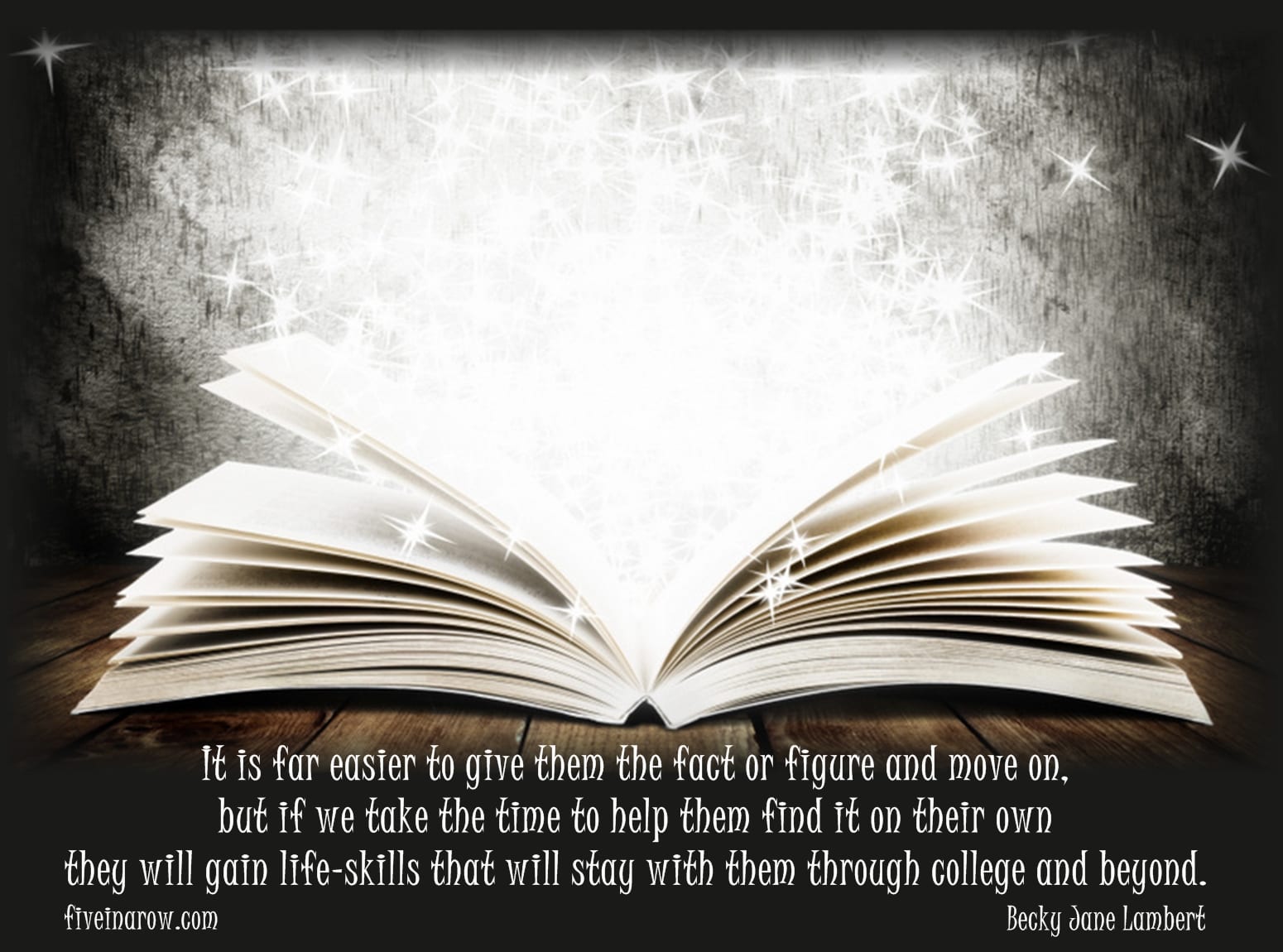My child is 9 or 10 or… can I use Five in a Row with him? This is a question I see almost every week on one of our social media pages. The short answer is: YES! Here’s the long answer:

One of the beautiful things about Five in a Row is its flexibility. It can easily be adapted to fit many ages of children, many groups of siblings, and even more ability levels. If you have children whose ages are spread over several years, you can still keep them together in order to simplify your schooling. Here are a few tips to doing it and still have it be “enough:”
- In your planning, note which lessons you want to cover during your week of schooling. You may want to cover some with your older student that your younger student isn’t ready for; just note that. There may also be lessons that you want to introduce to your younger student that your older student has already covered; these are perfect opportunities for review!
- Consider choosing one theme for your student to cover in depth appropriate to his age, of course. Social studies, history or science topics work well here.
- You might want to reserve books or movies from the library that will allow you do develop the concept with your children on their levels. For example, a mostly picture, 24 page book on lions for your 6 year old and a 44 page book with much more depth about the entire big cat family for your 10 year old. Alternatively can
often use the internet for wonderful information and photographs to enhance learning for your older child.
- Read the Five in a Row book with all of your children. As you’re reading, don’t hesitate to point out the concepts for your older child while your younger child listens. Even a non reader can begin to recognize quotation marks, and it’s a perfect way to expose them for future development! As you’re discussing the topics, each child will absorb what they are ready to absorb. Typically, teach to the oldest student (without boring the younger) and allow each child to glean what is at their level.
- Throughout your week, read the non-fiction titles (appropriate for each child) with your students to develop your concepts. Your older child will enjoy reading with you and will also benefit from some reading alone. Both of these will develop reading comprehension skills.
- After “studying” a topic, have the younger children draw a picture or dictate to you the most important things they remember about what they learned. Your older child can write a few illustrated paragraphs about what they remember, knowing that this narration will differ for each child. Assigning a 5 paragraph essay, a comic book story, a poster or the like are great ways for your child to “narrate” all they have learned on a topic. Using the Five in a Notebook pages that will be ready shortly will also be perfect for these ages!
- There will be a point where your older child (10+) truly has outgrown sitting with you while you read the book five times over. Just read in their presence and you’ll find them listening in, I assure you. 🙂
- Adding a chapter book is a great way to add to your older student’s learning. Historical fiction books and biographies are very enriching!
- Have your older student read to or teach your younger student! The summary of your older student’s learning could be the perfect introduction to your younger student’s exploration!
- If you go on a field trip, keep in mind what each of your children learned and point out things you notice that are appropriate for each child. This will reinforce what you taught each child and foster individual relationships in addition to family memories!
Many families need to simplify and these are some tips to assist that mama! There will be a point where your child will be ready to move on to Beyond Five in a Row, and you will know when you’ve reached that point. We certainly wouldn’t discourage you from moving on from Five in a Row when your child is truly ready, because Beyond is full of delightful chapter books you won’t want to miss! The Beyond books are perfect read-alouds for the entire family, and I bet you’ll find that even when your student is well into Beyond, you’ll find him listening in to the Five in a Row titles! We find that even when we try really hard to separate the levels, they end up overlapping naturally in every day life!
Do you have more tips to share?



 How Others Use Before Five in a Row
How Others Use Before Five in a Row
Thanks for the tips! I think one could even “assign” an older child to do a lap book or activity with the younger child. The act of teaching another is “higher education” for one’s self.